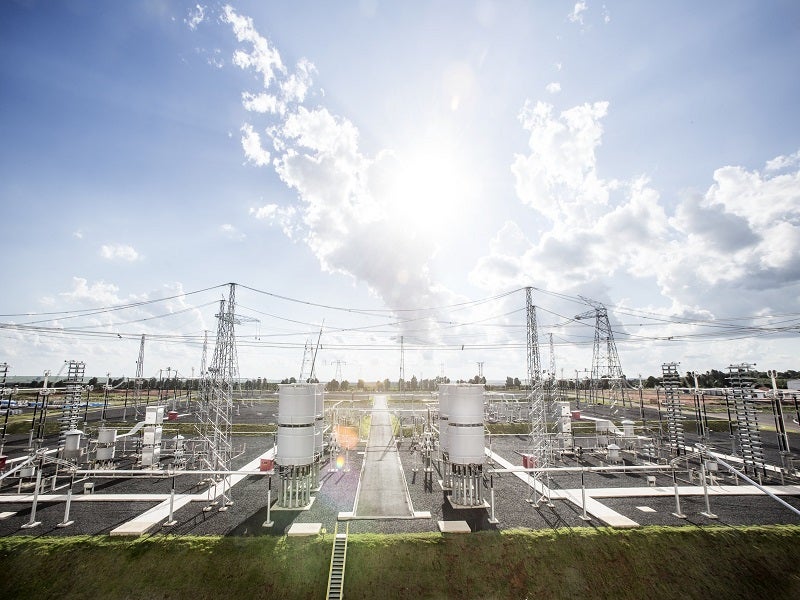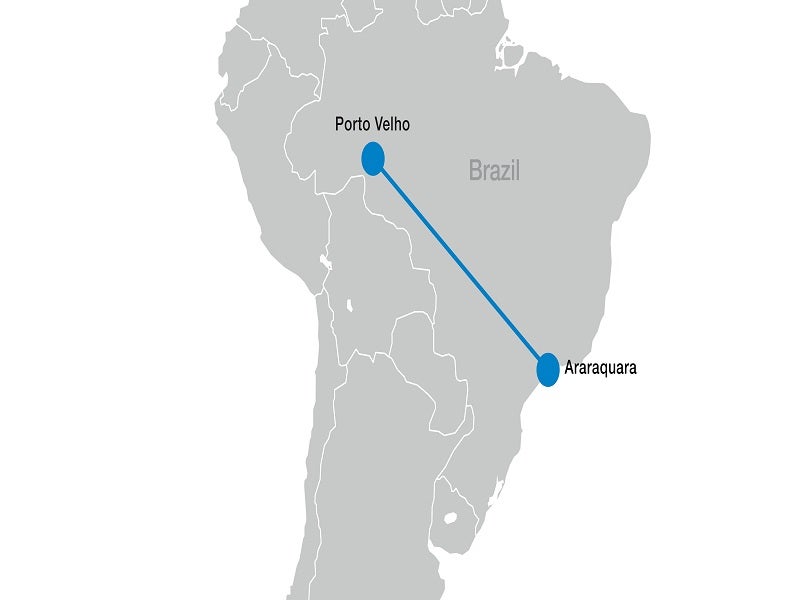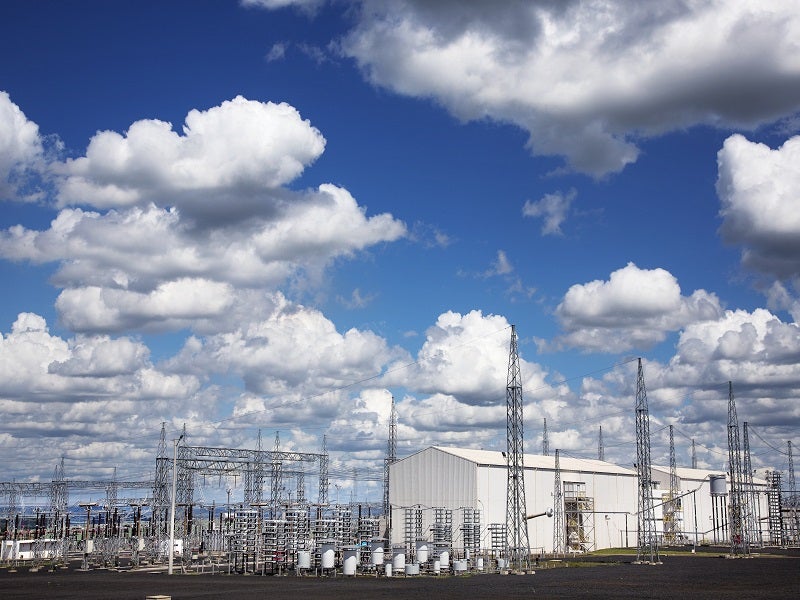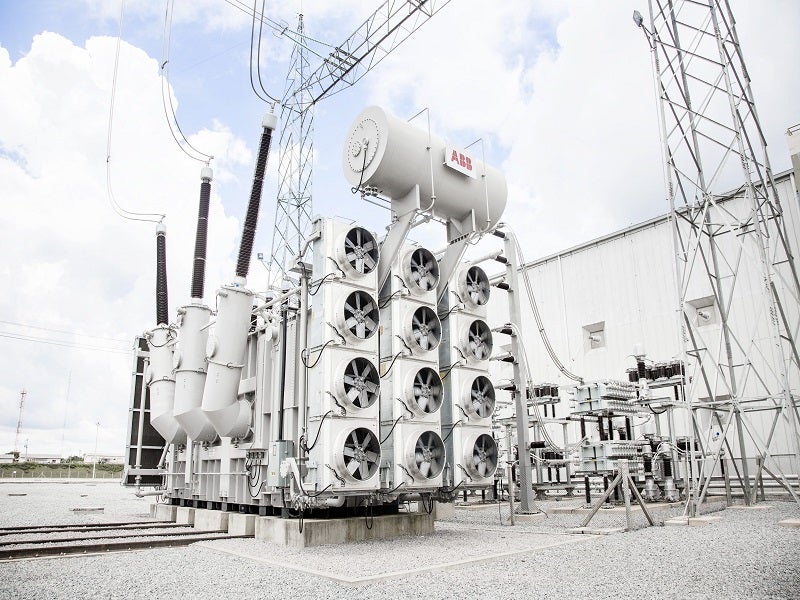The 2,375km-long Rio Madeira transmission link is one of the longest high-voltage direct current (HVDC) lines in the world. Located between Porto Velho and Araraquara in Brazil, the transmission line has an overall capacity of 7.1GW.
The transmission line comprises of two trunk lines developed by two consortiums including IE Madeira and Consorcio Integración Norte Brasil.
The IE Madeira consortium includes three utilities – Companhia de Transmissso de Energia Eletrica Paulista (CTEEP) (51%), FURNAS Centrais Elétricas (Furnas) (24.5%), and Companhia Hidro Elétrica do São Francisco (Chesf) (24.5%). The Consorcio Integración Norte Brasil consortium includes Abengoa (25.5%), Andrade Gutiérrez (25.5%), and the state-owned companies Electronorte (24.5%) and Electrosul (24.5%).
Commissioned in November 2013, the project was developed under the Brazilian Government’s Program to Accelerate Development (PAC), which includes the development of energy, logistics, and infrastructure projects.
Rio Madeira transmission link details
The Rio Madeira transmission link was developed to transport the electricity produced by the Santo Antonio and Jirau hydroelectric power stations situated on the Madeira river near Porto Velho to the south eastern region of Brazil where electricity demand is continuously rising.
The transmission line has a rated power of 3.15GW each and a DC voltage of ±600kV. The power capacity is divided between two thyristor controlled bipole converter stations, Bipole 1 and Bipole 2, and two back-to-back blocks of 400MW each. Each bipole converter station is placed at either end of the transmission line and includes one 12-pulse converter per pole.
The back-to-back blocks transmit continuous power to the surrounding and weaker Acre-Rondônia 230kV alternating current (AC) transmission system in northwest Brazil. The blocks consist of capacitor commutated converter (CCC)-type back-to-back converters.
Rio Madeira transmission line route and design details
The transmission line connects the Porto Velho and Araraquara substations, while passing through more than 100 municipalities in the states of Rondonia, MatoGrosso, Goiás, Minas Gerais, and São Paulo.
The line also passes through a UNESCO World Heritage Site Pantanal Matogrossense, which is a huge biological diversity and is environmentally sensitive.
The installation of the transmission line required the construction of 5,000 transmission towers, which required 45,000 tonnes (t) of steel and 70t of aluminium. Overhead conductors weighing 21,120t were utilised for the construction of the line.
Financing details
The Brazilian Development Bank provided approximately £633m ($1bn) in the funds for the project.
Contractors involved
A consortium of Abengoa Group, an engineering and construction company, Abengoa Construção Brasil, the Brazilian subsidiary of Abengoa and Inabensa, an engineering and construction service company, was awarded the contract to construct one trunk line of the transmission line. Abengoa also won the contract for the maintenance of the transmission infrastructure.
ABB, an electrical equipment, and automation company, was awarded a £327.6m ($540m) contract by Abengoa to supply the HVDC converter stations for one trunk line as well the 800MW HVDC back to back station.
GE supplied HVDC converter stations for the second trunk line in addition to converter transformers, thyristor valves, AC and DC equipment such as filters, reactors, switchgear among others.
Alstom, a power generation, transmission, and rail infrastructure company, supplied 28 transformers for the project.
Tractebel Engie performed the detailed civil and electromechanical design studies for the project.
Nexans was awarded a £17.35m (€20m) contract to supply conductors for the transmission line.
Electricity market in Brazil
Brazil has approximately 7,440 power plants with a total installed capacity of 172.9GW, of which hydroelectric power accounts for 60.8%.
The power sector in Brazil constitutes two types of market: one is regulated by AgênciaNacional de EnergiaElétrica (ANEEL) and the other is a free market where electricity is distributed on a minimum demand of 500kV, subject to price and volume negotiations.






